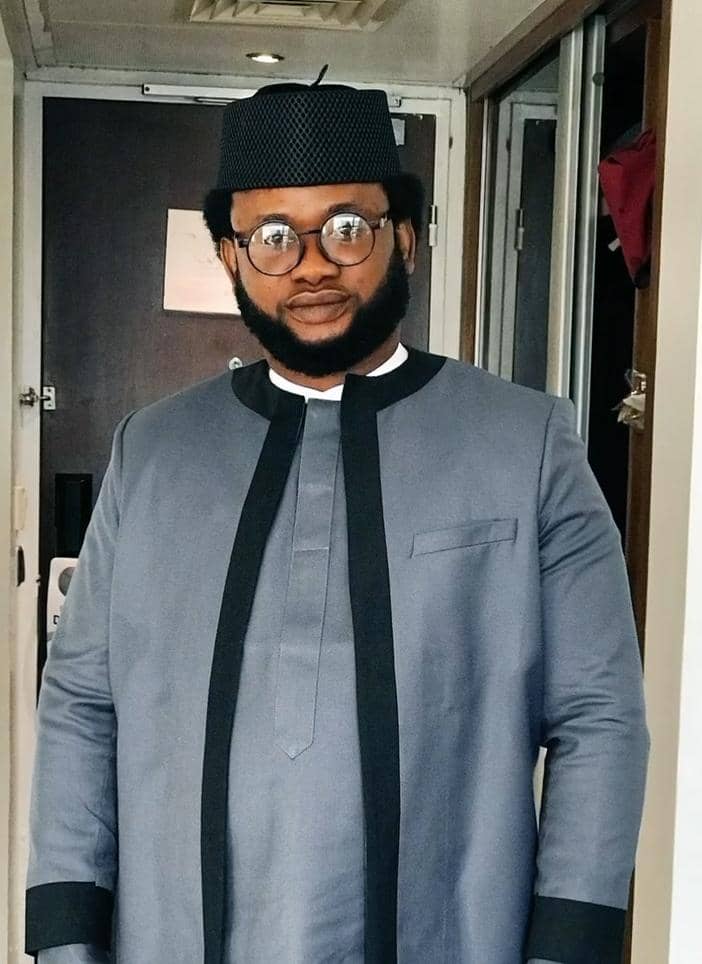Tunji Afolayan, an acclaimed art director in the Nigerian entertainment industry, recently shared his thoughts on the challenges facing Nollywood, including the recent decision by Netflix to stop funding Nollywood productions. Afolayan, known for his work on Femi Adebayo’s Netflix series Seven Doors, sees the streaming giant’s withdrawal as a wake-up call for the industry. He also discussed his own creative process, the importance of set design, and solutions to some of Nollywood’s most pressing issues.
Afolayan’s role in Seven Doors was pivotal in bringing the directors’ and producers’ visions to life. As an art director, he was tasked with transforming the script into a visual masterpiece. Reflecting on his experience, Afolayan described the project as both challenging and rewarding. “It was a collaborative effort, and I’m proud of what we achieved,” he noted. One of the standout aspects of his work on Seven Doors was the design of iconic sets like the Ipebi and the Aganju Shrine, which played significant roles in the storyline.
Afolayan explained that his approach to set design always starts with a deep understanding of the script, working closely with the producers and directors to ensure the sets reflect the story’s atmosphere. For Seven Doors, this meant crafting a variety of complex sets that required creativity and precision.
The acclaimed art director’s passion for production design is driven by his desire to create stories that resonate with audiences. For him, set design is more than just the physical space; it’s about enhancing the narrative and immersing the audience in the story. He believes that a well-designed set not only tells a story but also evokes emotions and helps shape the viewer’s experience.

However, despite his success in Seven Doors and other notable projects like Jagun-Jagun, Amina, and King of Boys, Afolayan is deeply concerned about the future of Nollywood. Netflix’s recent decision to halt its funding for Nollywood productions has sparked conversations about the sustainability of the industry.
Afolayan sees this as a wake-up call, urging local stakeholders to find alternative solutions to the industry’s distribution and funding problems. “We can’t rely solely on international platforms to fund and distribute our content,” he stated. According to Afolayan, Nollywood needs to focus on developing its infrastructure, including its distribution networks, cinemas, and streaming platforms, while also crafting marketing strategies that speak directly to the local audience.
Afolayan also emphasized the importance of preserving Nigeria’s cultural heritage in filmmaking. As an art director, he has faced significant challenges in accurately portraying locations and props for films that depict ancient and historical times. “Our cultural heritage is not being preserved, and it’s affecting our ability to tell our stories accurately,” Afolayan acknowledged. He recounted his work on Jagun-Jagun, where he was tasked with recreating a 19th-century village.
With no access to actual locations from that era, Afolayan and his team relied on extensive research, creativity, and imagination to build the set from scratch. The result was a visually stunning village that successfully transported audiences to a bygone era, showcasing Afolayan’s resourcefulness and commitment to authenticity.
Despite the significant contributions made by behind-the-scenes professionals like art directors and cinematographers, Afolayan noted that these individuals often go uncelebrated. “Without us, the film wouldn’t be the same,” he remarked, advocating for more recognition of the vital roles played by crew members outside of the spotlight. In his view, celebrating the hard work of the entire filmmaking team is crucial for elevating the industry as a whole.

Funding remains one of the most significant challenges in Nollywood, especially when it comes to the quality and scale of production. Afolayan stressed that without adequate funding, it is difficult to execute a film vision to its full potential. In his opinion, financing is essential not just for creating high-quality content but also for pushing the industry forward in terms of innovation and international reach.
Reflecting on his own journey in the film industry, Afolayan shared that his decision to become an art director rather than an actor was motivated by his fascination with the behind-the-scenes process of filmmaking. “I enjoy the challenge of creating a world that transports audiences to a different time and place,” he said. For Afolayan, working as an art director allows him to use his creativity to influence how stories are visually told, something he finds deeply fulfilling.
Source




